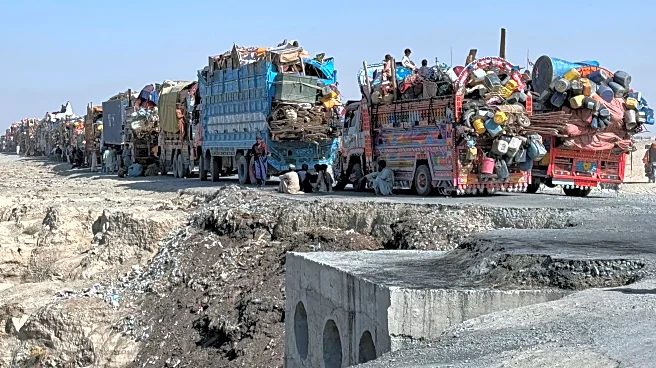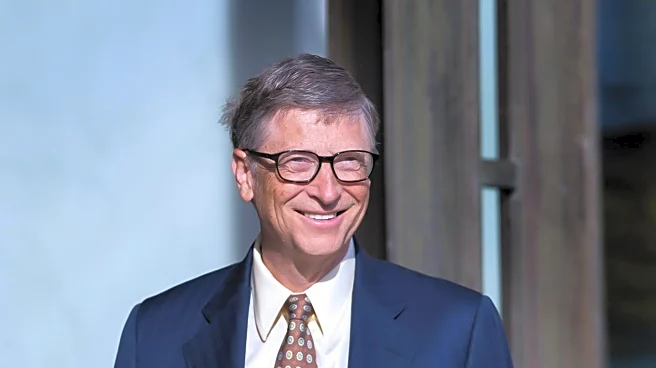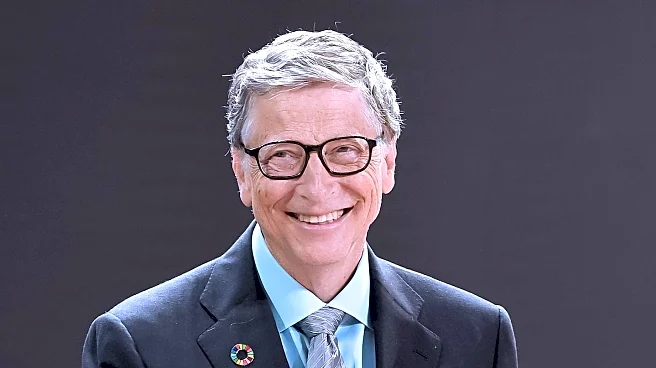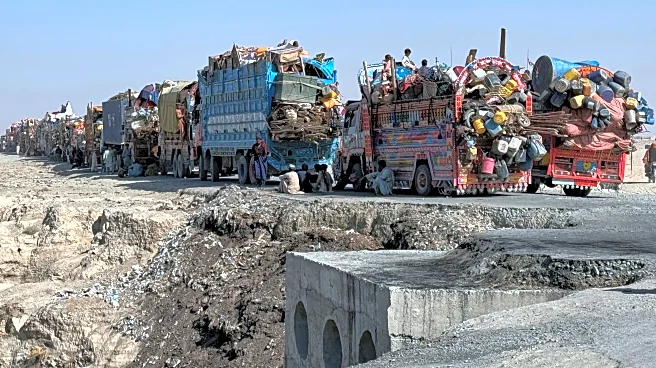What's Happening?
Rotary International launched a global effort to immunize children against polio in 1985, which led to the founding of the Global Polio Eradication Initiative (GPEI) in 1988. This public-private partnership is led by national governments and includes
six core partners: WHO, Rotary International, the US Centers for Disease Control and Prevention (CDC), UNICEF, the Bill & Melinda Gates Foundation, and Gavi, the Vaccine Alliance. The initiative aims to eradicate polio worldwide, with significant progress made in reducing polio cases by 99.9%. Today, polio remains endemic only in Pakistan and Afghanistan, with the global public health community focused on eliminating the disease in these last strongholds.
Why It's Important?
The GPEI's efforts have led to a dramatic decrease in polio cases globally, preventing countless cases of paralysis and death. The initiative's success highlights the importance of global collaboration and public support in addressing public health challenges. The eradication of polio would represent a significant achievement in global health, demonstrating the effectiveness of coordinated action and innovative fundraising. However, challenges remain in the form of circulating vaccine-derived polioviruses and conditions in crisis areas that facilitate the spread of the disease.
What's Next?
The global public health community continues to work towards eliminating polio in Pakistan and Afghanistan, focusing on vaccination campaigns and addressing barriers such as conflict and vaccine hesitancy. The use of novel oral polio vaccines is being explored to combat circulating vaccine-derived polioviruses. Continued support from international partners and governments is essential to achieving complete eradication and preventing a resurgence of polio.
Beyond the Headlines
The history of polio eradication efforts offers valuable lessons for future global health initiatives. It underscores the importance of scientific advancement, public health initiatives, and global collaboration in addressing health challenges. The experience highlights the need for effective communication and public engagement to drive transformative progress in disease prevention and medical advancements.














